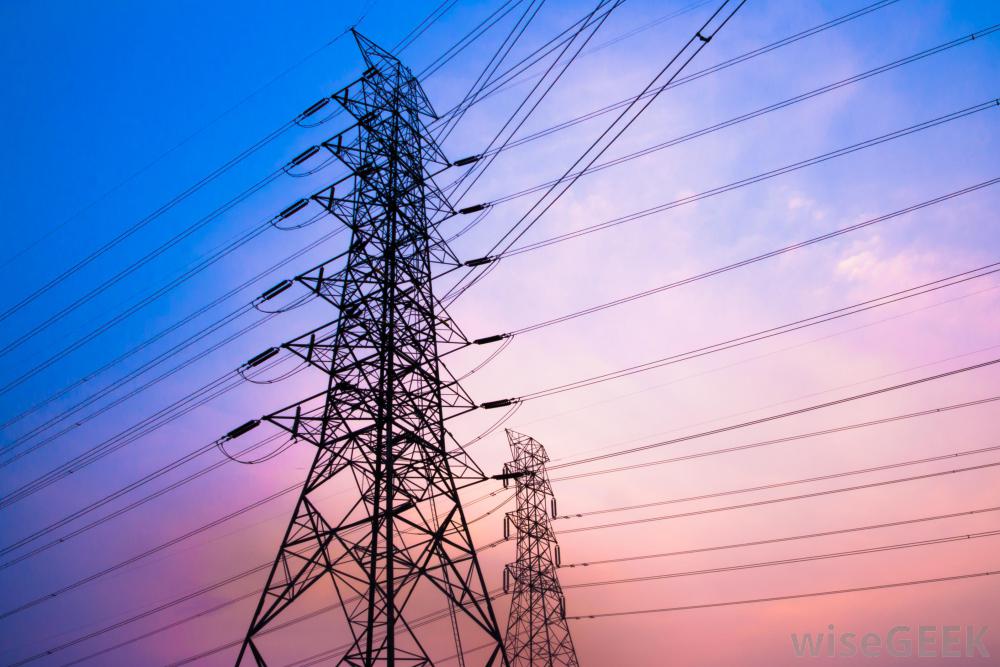Electronic and Ionic Conduction
In metals, the current is carried by electrons, and hence the name electronic conduction. In ionic crystals, the charge carriers are ions, thus the name ionic conduction.
Energy Band Structures in Solids
When atoms come together to form a solid, their valence electrons interact due to Coulomb forces, and they also feel the electric field produced by their own nucleus and that of the other atoms. In addition, two specific quantum mechanical effects happen. First, by Heisenberg’s uncertainty principle, constraining the electrons to a small volume raises their energy, this is called promotion. The second effect, due to the Pauli Exclusion Principle, limits the number of electrons that can have the same property (which include the energy). As a result of all these effects, the valence electrons of atoms form wide valence bands when they form a solid. The bands are separated by gaps, where electrons cannot exist. The precise location of the bands and band gaps depends on the type of atom (e.g., Si vs. Al), the distance between atoms in the solid, and the atomic arrangement (e.g., carbon vs. diamond).
In semiconductors and insulators, the valence band is filled, and no more electrons can be added, following Pauli’s principle. Electrical conduction requires that electrons be able to gain energy in an electric field; this is not possible in these materials because that would imply that the electrons are promoted into the forbidden band gap. In metals, the electrons occupy states up to the Fermi level. Conduction occurs by promoting electrons into the conduction band, that starts at the Fermi level, separated by the valence band by an infinitesimal amount.


